Scapular Winging with Rock Climbers
You take a deep breath. You try to calm the turmoil of frustration as you reach for the next hold. This particular one always likes to give you trouble. You feel an ache and general weakness in your shoulder blade but you ignore it. It’s been a jam-packed couple days of climbing with your friends and you’re probably just sore and tired.
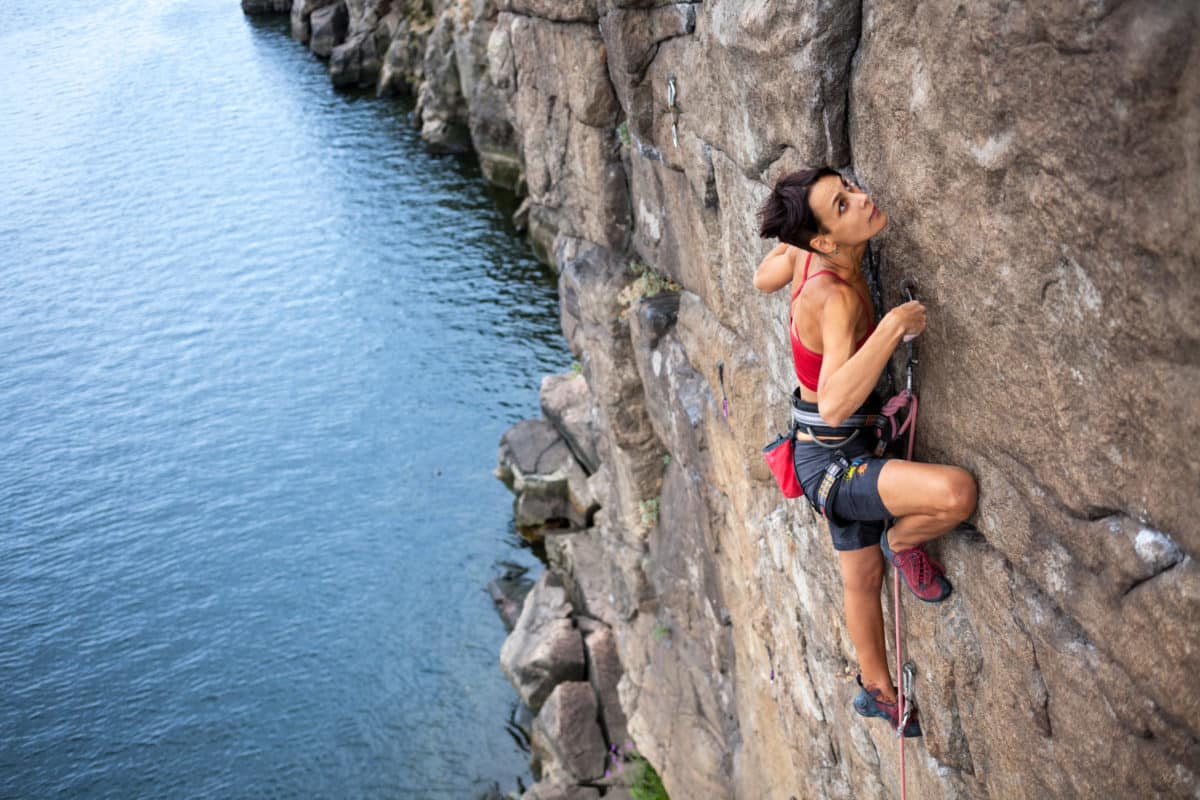
Another deep breath. You’ve made it past and the rest is smooth sailing. Finally. You smile proudly at the top. You’ve persevered and sent it. The soreness and decreased shoulder strength seem to persist for a few days and you’re stretching out, back in the gym, ready to tackle another problem. As you move your arm around your friend notices your shoulder blade (scapula) poking out occasionally in a weird way as you move it. Why is it doing that?
Typically, scapular winging is thought to be a result of muscle weakness or imbalance, as well as poor timing of muscular contraction. It can develop from poor overhead mechanics and overuse or repetitive motions. The question is why poor motor control of scapula has happened in the first place?
Reduced movement or pain in the shoulder joint (glenohumeral) can lead to more compensatory movement at the scapula. Postures like forward head or rounded shoulders can also contribute to altered scapular mechanics and muscle imbalance that could lead to pain.1 Instability from dislocations could also lead to dysfunction of the muscles that move and support the shoulder and scapula. True winging is due to serratus anterior muscle dysfunction whether it is weak or if there was a traumatic injury to the long thoracic nerve that supplies the serratus anterior.2–4
Signs and Symptoms
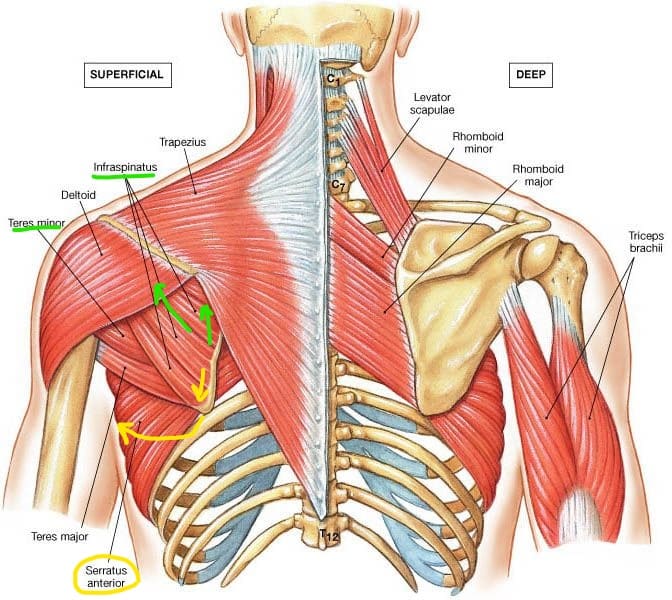
The scapulae or shoulder blades usually rest flat against the back of your chest wall or rib cage. Scapular winging occurs when the shoulder blade sticks out. Symptoms may vary from person to person depending on the underlying cause and which muscles or nerves may be involved.
- Asymmetrical posture at rest or during movement
- Winging or tipping of the scapula with active motion of arm/shoulder
- Instability of the shoulder
- Pain and/or tenderness around the scapula when using the arm overhead or carrying heavy objects with the arm at the side
- Loss of strength shoulder and arm strength
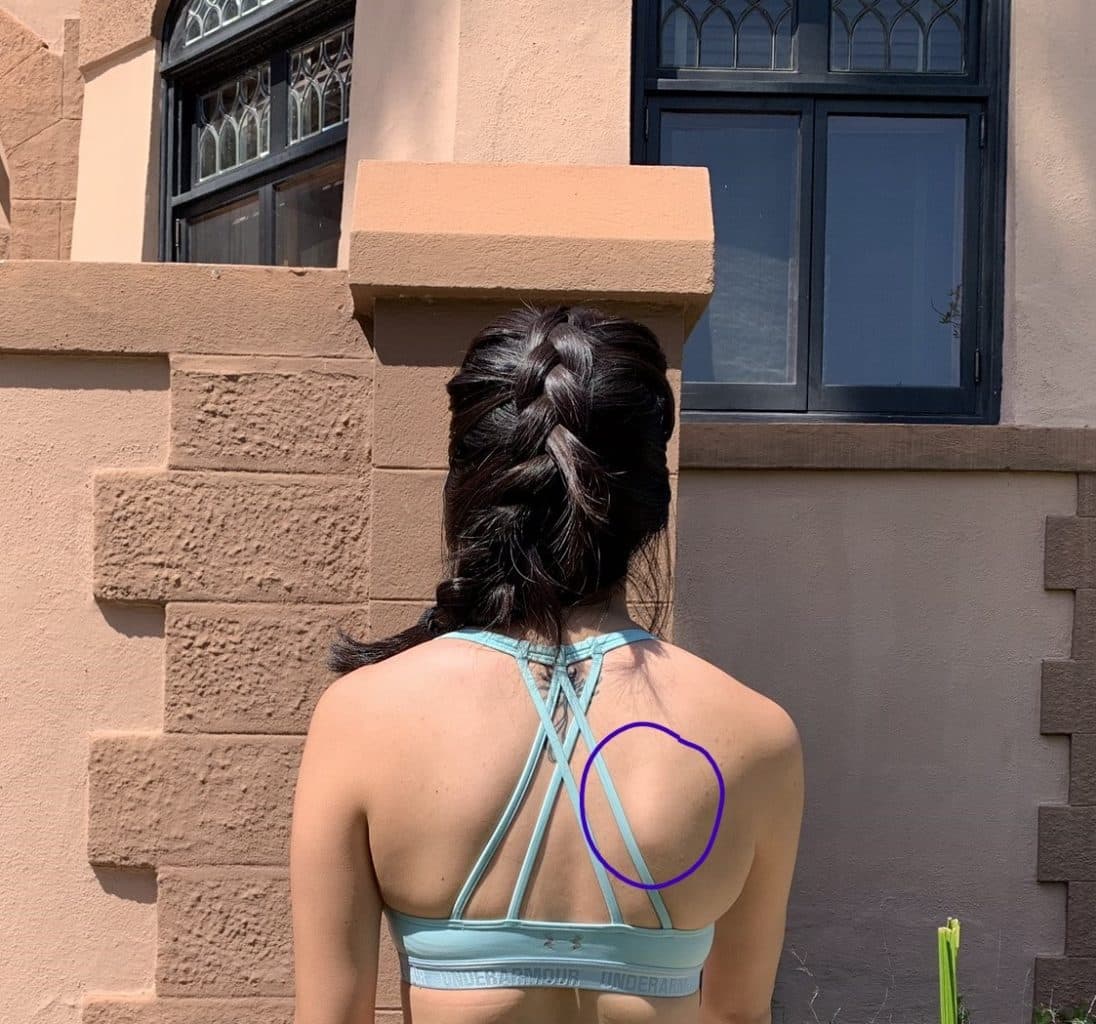
Assessment
The following assessments can help inform and direct what direction the interventions should go as well as increase body awareness. Is it from muscle weakness or imbalance? Or poor mechanics and timing of muscular contracture? Or both?
Posture Assessment:
It’s good to start with posture and visually examine your back and scapula to see how it all looks at rest. Check out your scapulae with your arms just resting by your side in a relaxed position and see how far it lies from your spine. If you notice asymmetry where one side is farther from midline and it correlates with your painful/symptomatic side, you can then check out how your scapula looks with movement.
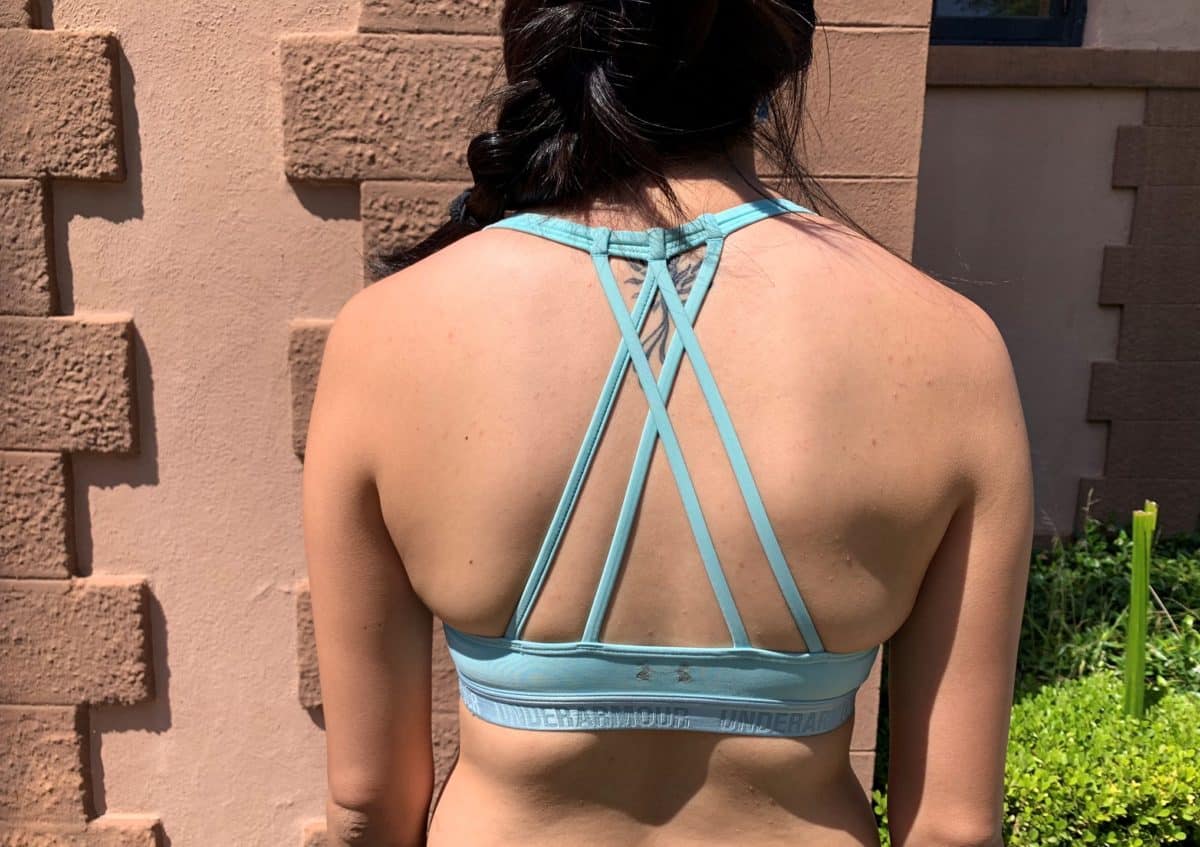
Shoulder Motion Assessment:
You can check out your scapular mechanics and see how your scapula moves when you move your arm up and back down. If you notice asymmetry in your scapular movement or your pain/symptoms on a certain side during arm movement, try it again but with some help. Have someone help you facilitate better scapulae mechanics by positioning your scapula. To do this, as you raise your arm, have your friend facilitate your scapula by “turning” the scapula in a clockwise rotation if it is your left shoulder, counterclockwise if it is the right. Mimicking the muscle activity of the serratus anterior muscle fibers can may reduce pain with the movement and increase ease of elevation of the arm. The video shows the scapula’s inferior portion popping out and back in when the arm is lowering which is a sign of scapular winging.
Serratus Anterior Strength Assessment:
For more information about what you want to focus on during exercises, you can also test your serratus anterior strength. Serratus anterior weakness is very common with scapular winging. The primary role of the serratus anterior is to stabilize the scapula when your arm is elevated, pull the scapula forward and around on your rib cage.2 To do this, position your arm about 120 deg straight up and “punch” your arm forward so that your scapulae come forward in a protracted position. Have a someone pull down gradually on your arm while you resist and try to keep your arm and scapula in the same position. You can compare sides to see if there is weaker side and if it correlates with any scapular asymmetry you noticed.
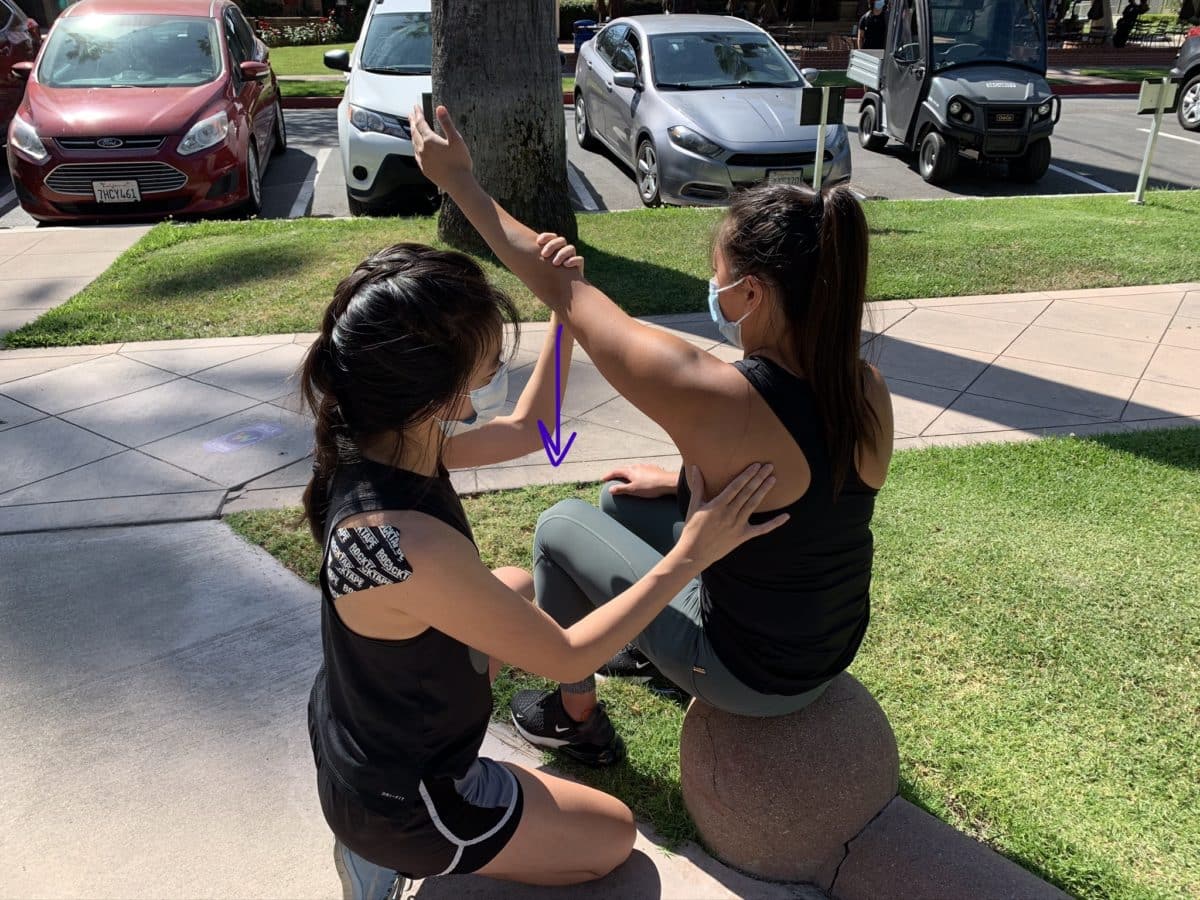
Y Balance Assessment:
One last assessment that can also turn into an exercise to do later is what is called a Y balance assessment for the upper extremity. The YBT-UE is a good measure for baseline measurements or return to sport testing when rehabilitating shoulder/arm/back injuries. It requires the stability in a one-arm push-up position. Formal equipment to conduct the test includes the Y balance kit but the YBT-UE can easily be conducted with three strips of tape on the ground in a Y-shape with the angles shown below.
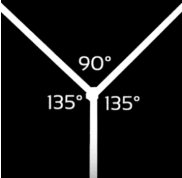
If you are testing the right hand, place your right hand in the center where the tape meets, positioning yourself so that the tail of the Y is parallel with your shoulders. With your left arm, reach out along the tail of the Y as far as possible with your left arm out to the left side, then under and across, and finally over and across. You or a friend can mark the distance as you reach while you repeat for a total of 3 times to get a good average. Then try it with the other arm! Keep in mind what your posture in your thoracic spine and scapula positioning looks like as you do this. It is likely you may see scapular winging during this test due to weakness of scapular stabilizers.
This position can also double as a strength and movement exercise in a bear crawl position to further mimic climbing positions.
The Rock Rehab Pyramid
Now that you have determined how to assess for injury, you can now intervene with a systematic intervention program to help you manage your symptoms and ultimately get you back on the wall. In order to ensure a safe and pain free return back to rock climbing, we will be utilizing the Rock Rehab Pyramid developed by Dr. Jared Vagy and illustrated in his book Climb Injury-Free. The Rock Rehab Pyramid pyramid allows you to self-gauge your injury and when to progress to the next stage of recovery starting with the unloading phase moving to mobility, followed by strength and lastly the movement phase.
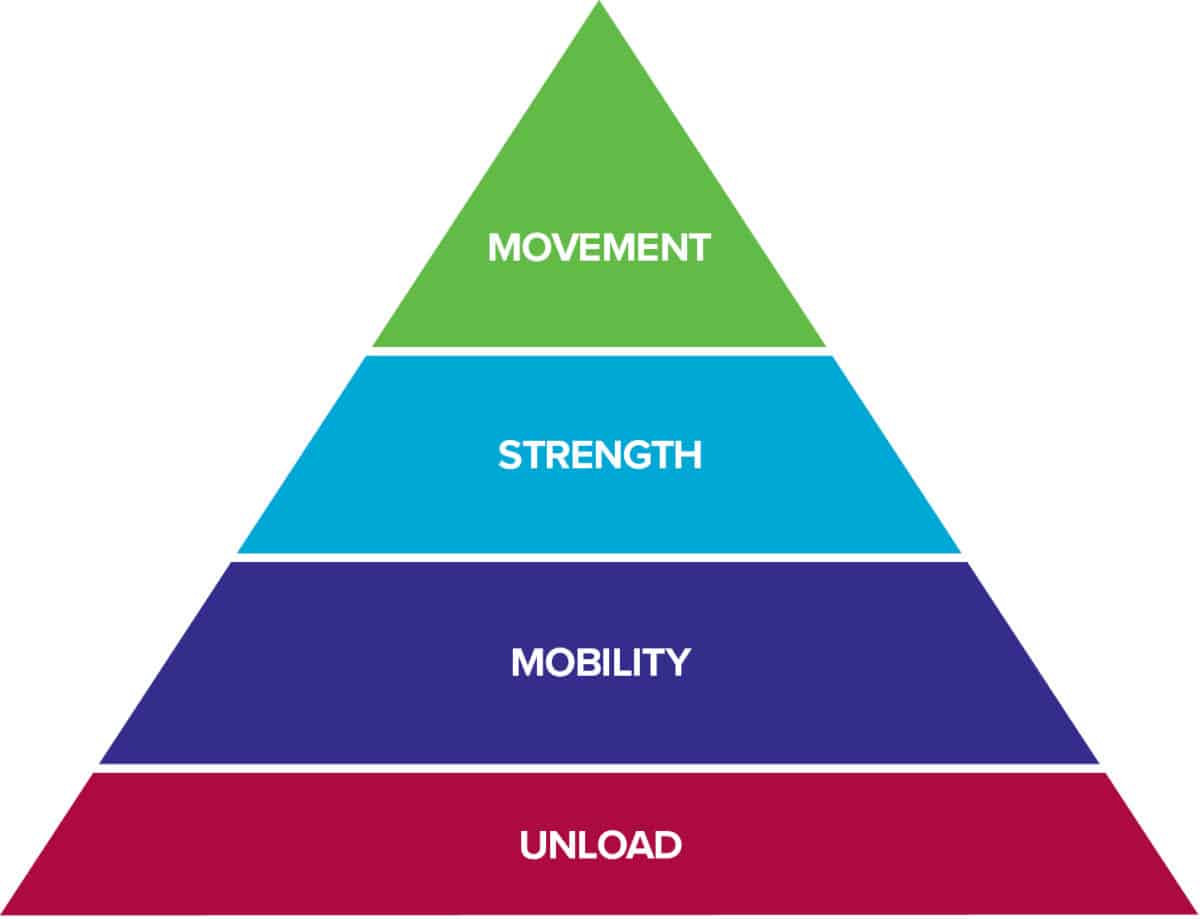
The bottom level of the pyramid aims to decrease Pain, Inflammation and Tissue Overload so that the tissues have the best healing environment. Often times, after an injury there is some sort of change in Mobility. After the tissues have calmed down from the previous level, this stage will look to reestablish normal, pain free range of motion. Once the injured area restores its mobility, it is time to increase the Strength of the surrounding muscles so that Movement in the following level can be coordinated and optimized. Click here to learn more about the rock rehab pyramid structure.
Phase 1: Unloading
If there is pain and/or tenderness around the scapula when using the arm overhead or carrying heavy objects during daily activities or after a long day of climbing, a simple way to reduce pain is to unload the arm and allow the shoulder/scapula region to relax.
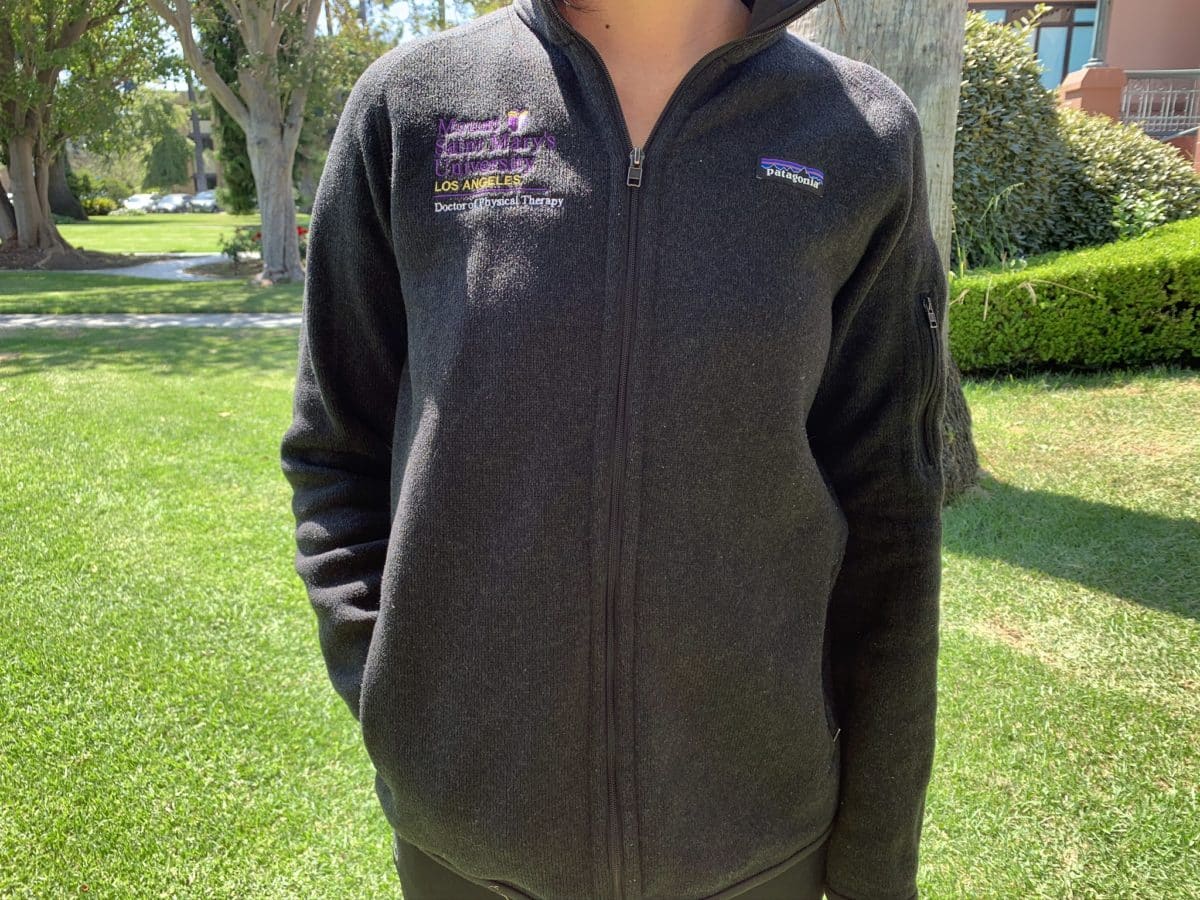
You can unload by placing your hands in jacket pocket to unload or put hands on waist temporarily which may reduce pain. For more long term, unload with sling where shoulder and scapula can be in optimal position.
Kinesiology tape on the scapula can help support and facilitate better scapular mechanics. There are many ways to tape with KT tape. In these pictures, one is meant to facilitate serratus anterior motion and the other is to stabilize the scapula.
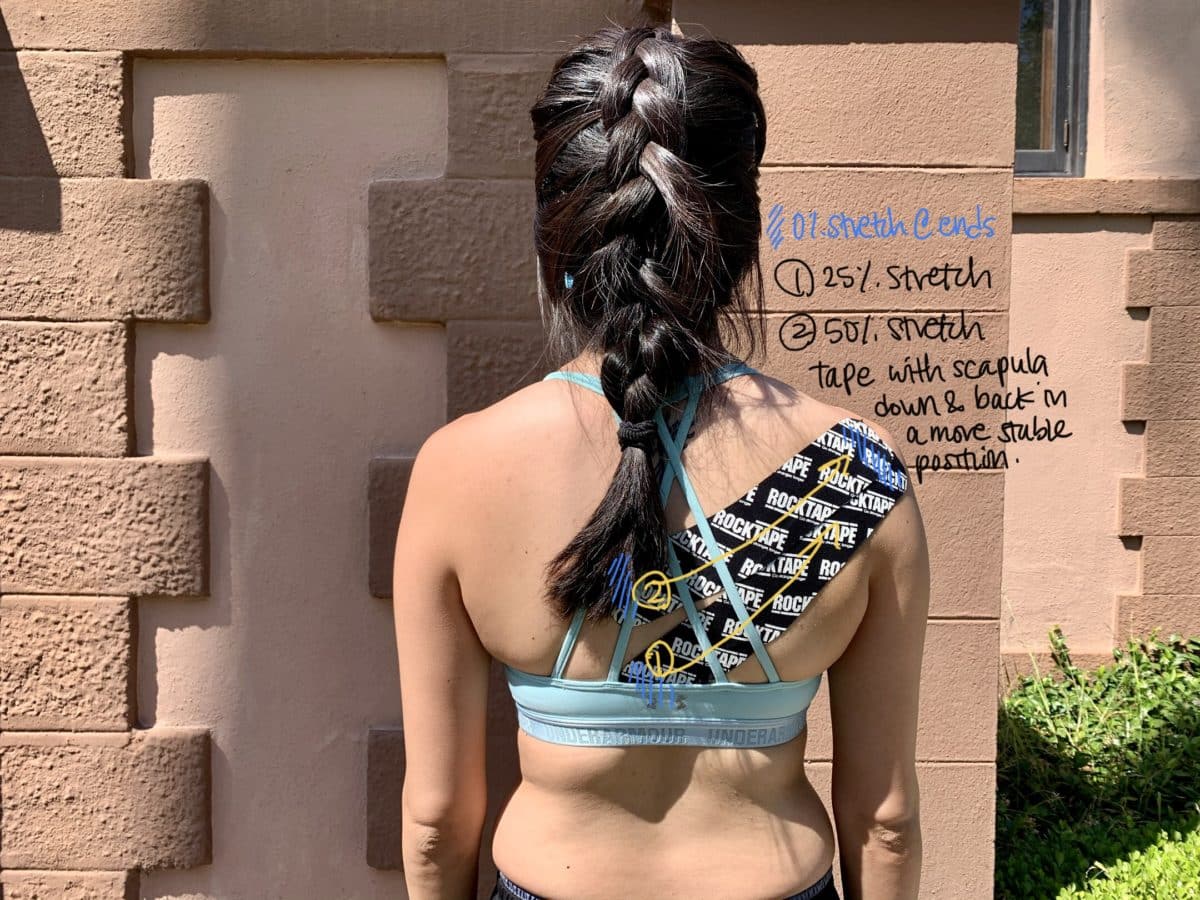
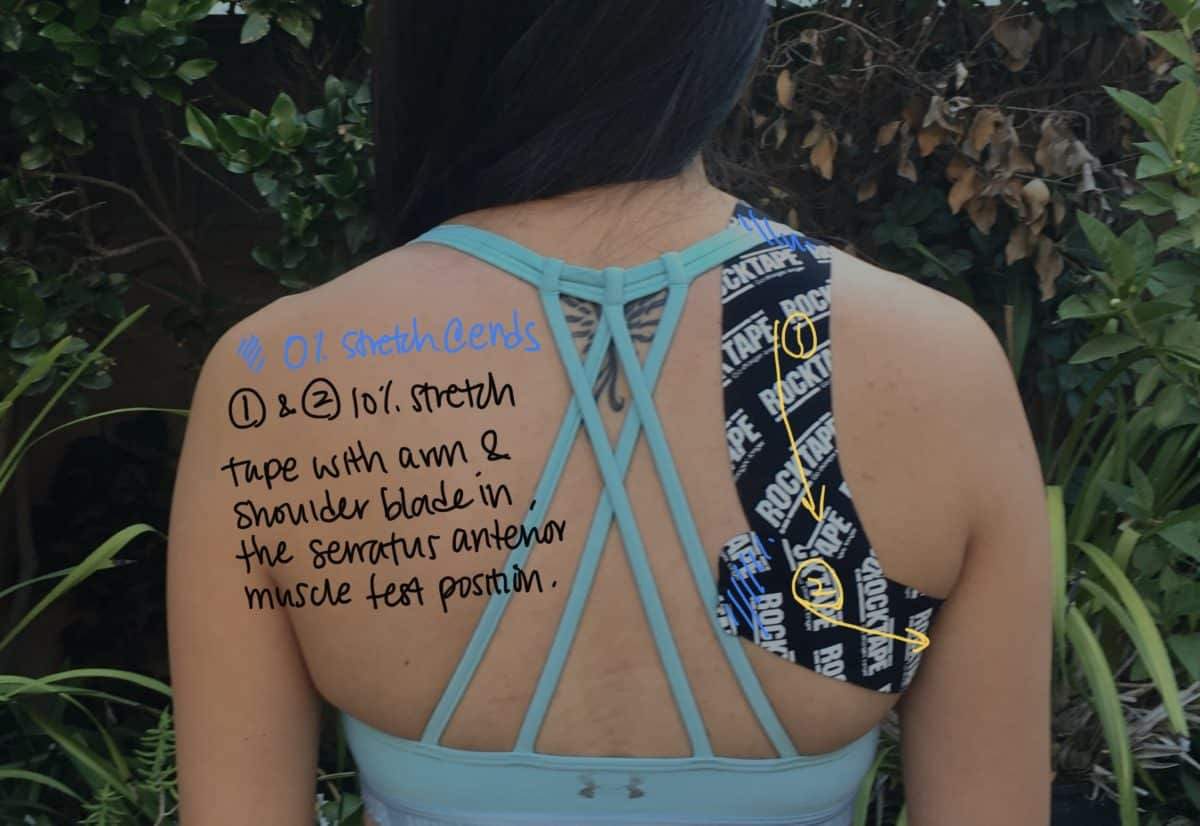
Phase 2: Mobility
Here are some simple mobility and stretching exercises to warm up the shoulder and the muscles around it in order to help facilitate movement.
Foam roll or soft tissue mobilize the back of your shoulder joint (posterior rotator cuff and shoulder capsule) to release muscle tension, if you feel it is tight and may be limiting your shoulder range of motion. Take a foam roll and you can roll on top of it along your posterior shoulder or take a tennis ball against a wall and massage your posterior shoulder. Stiffness in the posterior capsule and rotator cuff can lead to winging.
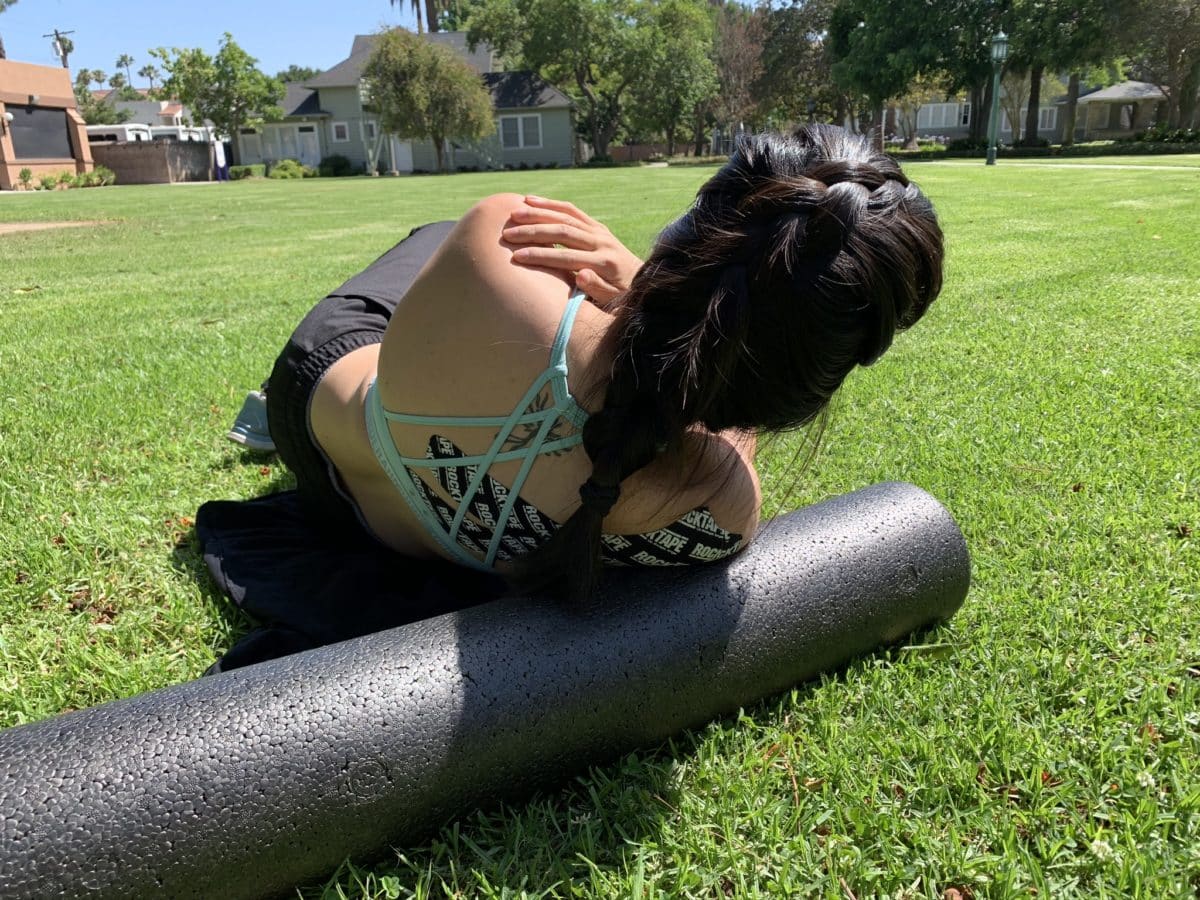
There is a correlation between posterior shoulder tightness and an anterior tilted scapular posture. The posterior cuff muscles attach to the scapula in a way that can pull the scapula opposite to how the serratus anterior likes to work which can make it difficult the serratus anterior to do its job.
Serratus Anterior: The serratus anterior pulls the scapula into upward rotation and into a posterior tilt.

Posterior Cuff: The scapula is pulled into an anterior tilt when posterior rotator cuff muscles are tight.

Besides direct tissue mobilization to the posterior cuff, you can also loosen the muscle by stretching it. Pull your arm across chest for stretch on the posterior capsule. For a more intense stretch you can add a soft tissue massage with a tennis ball or lacrosse ball against a wall.
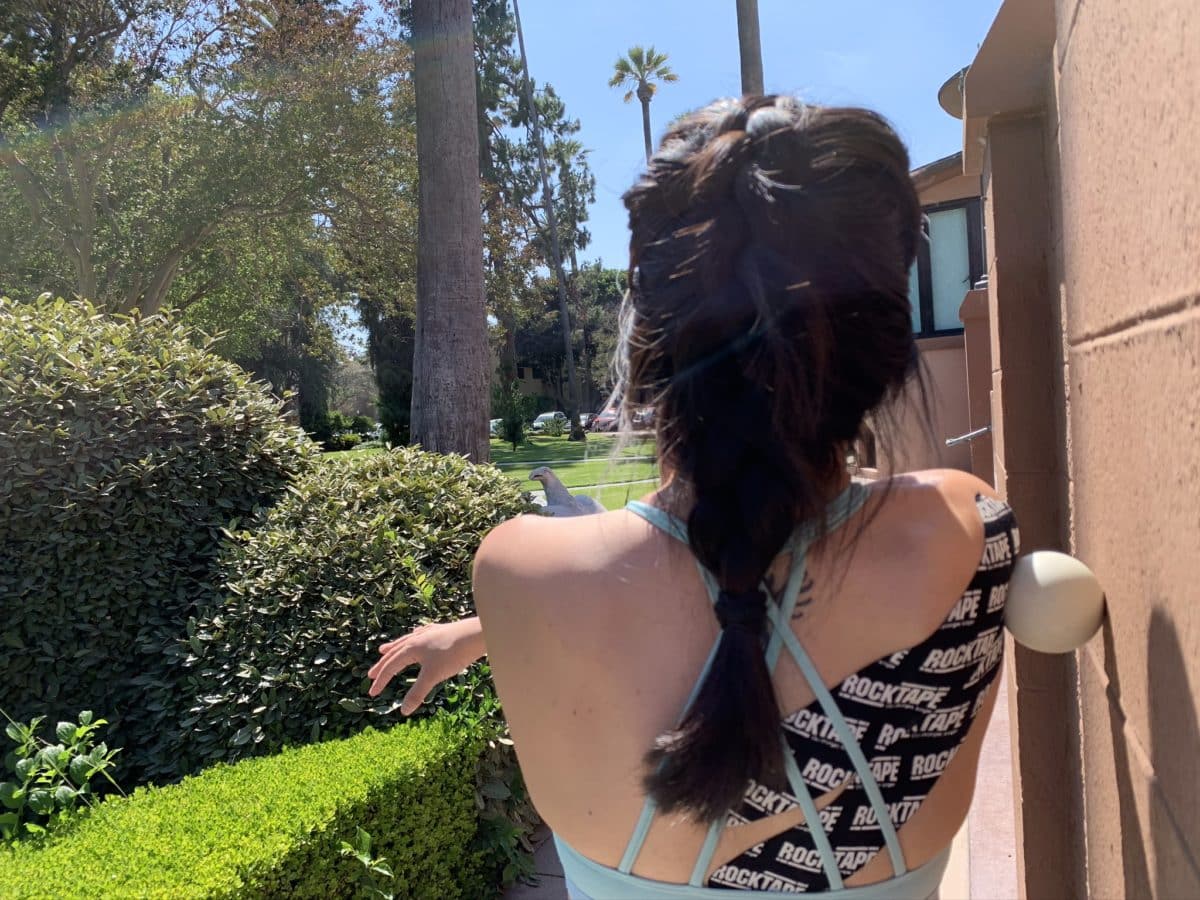
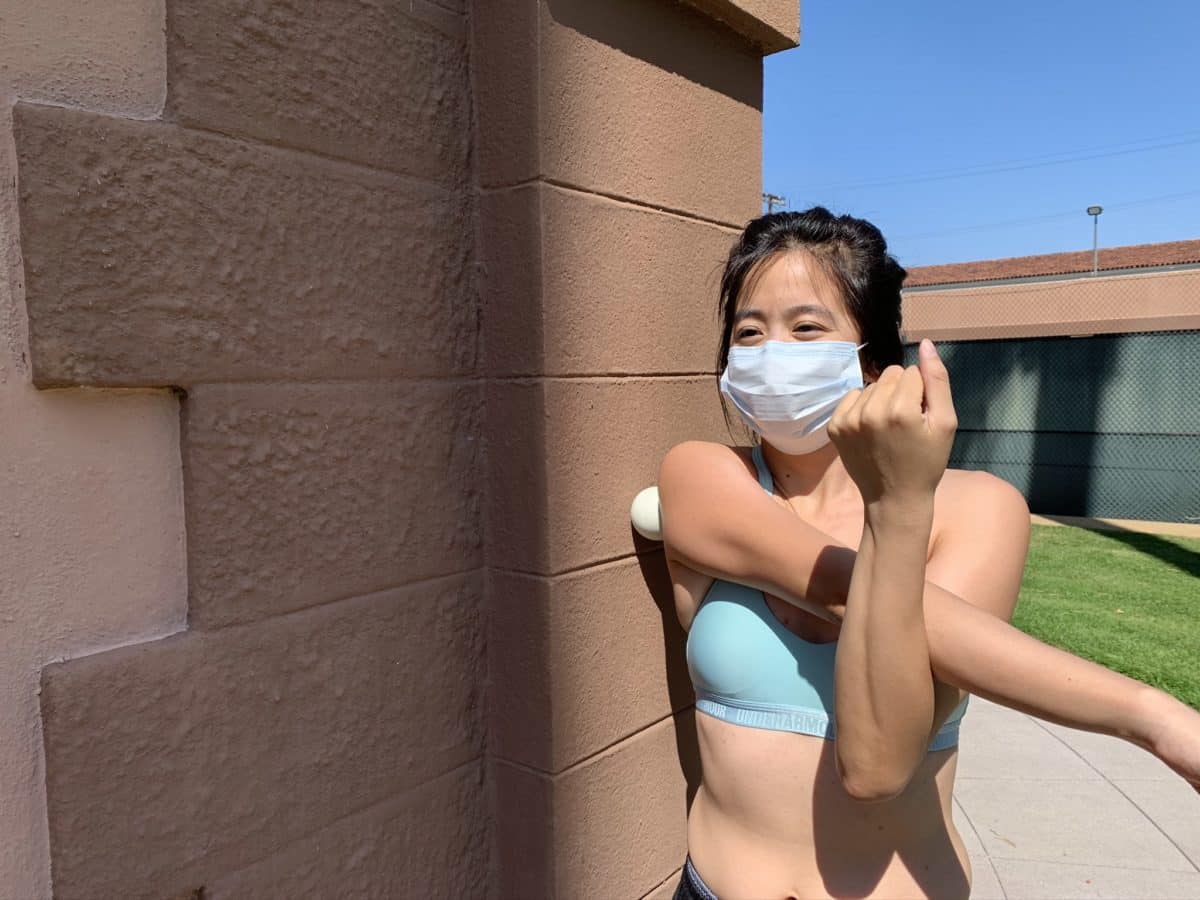
Pec minor stretch: A tight pec minor can progressively lead to impingement syndrome and winging of the scapula. If it is facilitated, the pec minor can inhibit the serratus anterior which is an upward rotator and a key muscle in preventing scapular winging. By allowing the pec minor to relax we are allowing serratus anterior to turn on. A simple stretch that is shown to be effective for stretching and lengthening pec minor is a corner stretch.5 Stand with arm in a 90o-90o position with your shoulder up and elbow bent. Place your palm flat along the doorframe. Your forearm should be stabilized along the doorframe before you rotate your body away from your arm, opening up your chest. You should feel a stretch across the front of your chest. This stretch can indirectly stretch pec minor. To full stretch pec minor, you it best to place your entire arm on the wall as well as the front of the chest, but this is often hard to do effectively, so the stretch described above should do the trick.
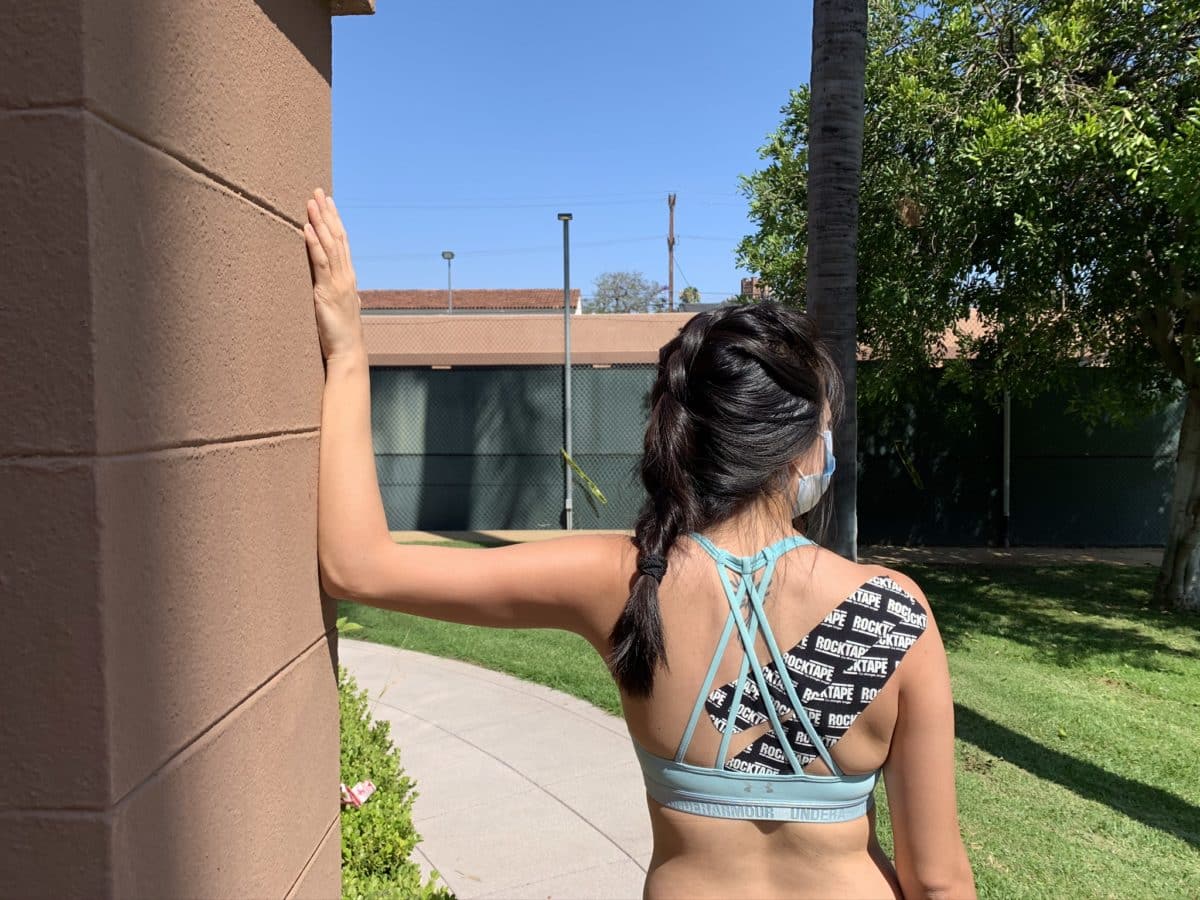
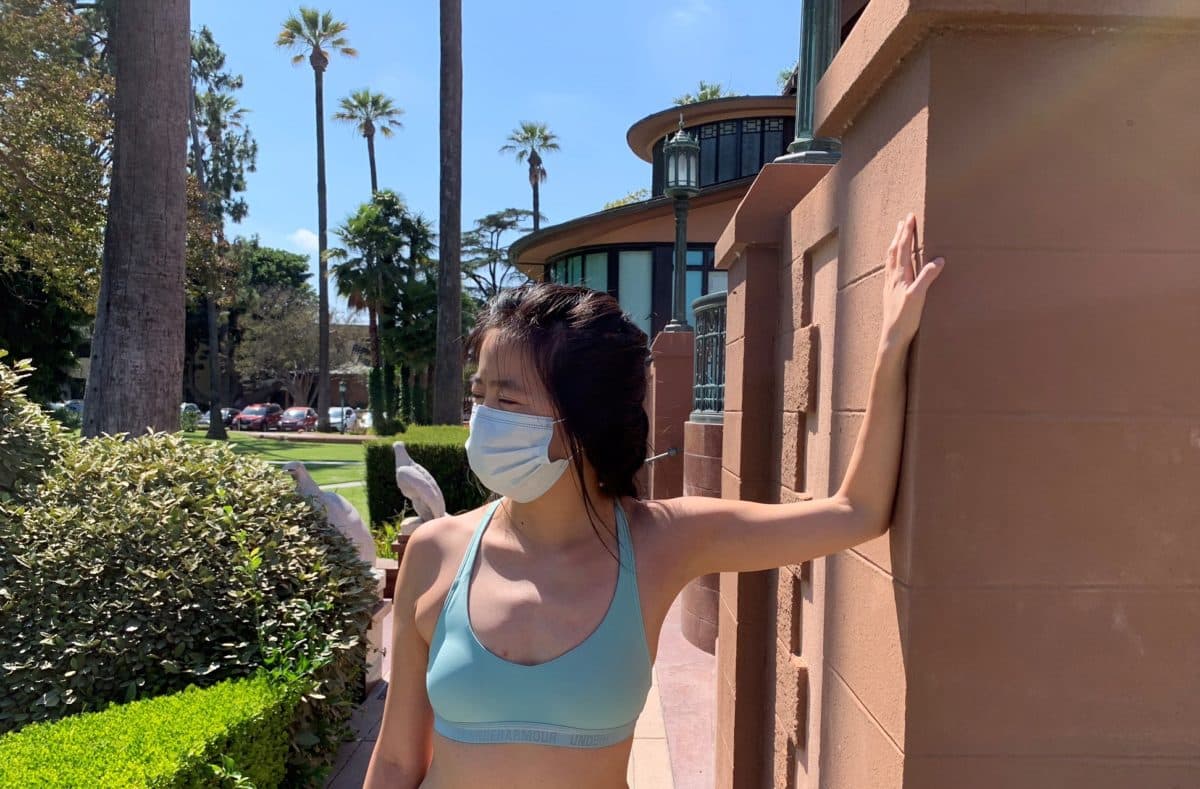
Phase 3: Strengthening
To strengthen scapular stabilizer muscles like the rotator cuff muscles and serratus anterior (the common culprit of scapular winging) try these strengthening exercises
Shoulder taps. Get into a push-up position and remember to push through the ground to keep your thoracic/rib cage and your scapula together – avoid winging. Alternate hand taps to contralateral shoulder. This can strengthen rotator cuff muscles which This can improve joint proprioception because it is in CKC and can also strengthen RTC muscles. Do your best to keep your hips and trunk as stable as possible. In the video abive, during the top view, you can see my hips shifting a bit and you want to minimize that as much as possible.
For an exercise that incorporates body weight in a closed kinetic chain try the push-up plus, which targets the serratus anterior. You can also try a push-up plus on a wobble board to target a lower area of the serratus anterior because of the added instability.6 Another progression would be to pike from that position, push through like pushing ground away from you while keeping spine neutral. Then “push the ground like you’re sliding the ground up” into a pike position. Trying to maintain neutral spine and scapular flush against rib cage as it rotates along it. As arm goes above 120 deg, scapula starts to rotate upward. Pike position facilitates upward rotation and activation of serratus anterior.
Similar position as the push-up plus, but using the TRX for serratus slides. This would enable strengthening with a pulling motion as well as pushing. We’re looking to make sure the scapula stays close to the thoracic cage and the thoracic spine doesn’t cave.
Phase 4: Movement
More functional movements that can carry-over to climbing
- Hanging from a hold while protracting and retracting to activate serratus before climbing to warm up and increase activation of upward rotation and decreased winging. You can start with feet on the ground to practice before progressing to hanging from a hold with feet off to make it harder. Doing this beforehand can help facilitate and warm-up the serratus anterior specifically so that it will be easier to engage during climbing.
- Working on posture to facilitate climbing with thoracic spine in a neutral/extension instead of flexion/hunchback to maximize serratus recruitment to prevent winging. Scapular upward rotation and activity of serratus anterior has been shown to be increased with trunk extension.7,8
See a Medical Practitioner
There are many causes of scapular winging. The information in this article should serve as a guide, but may not necessarily apply to your specific case. If you are worried about serious injury, please see a local physical therapist who can uncover any underlying impairments and provide an individualized plan of care. Remember to always listen to your body and adjust or rest as needed.
References
- Thigpen CA, Padua DA, Michener LA, et al. Head and shoulder posture affect scapular mechanics and muscle activity in overhead tasks. J Electromyogr Kinesiol. 2010;20(4):701-709. doi:10.1016/j.jelekin.2009.12.003
- Paine R, Voight ML. The Role of the Scapula. Int J Sports Phys Ther. 8(5):617-629.
- Roren A, Fayad F, Poiraudeau S, et al. Clinical Biomechanics Specific scapular kinematic patterns to differentiate two forms of dynamic scapular winging. JCLB. 2013;28(8):941-947.
- Martin RM, Fish DE. Scapular winging : anatomical review , diagnosis , and treatments. Musculokeletal Med. 2007;1:1-11.
- Borstad JD, Ludewig PM. Comparison of three stretches for the pectoralis minor muscle. J Shoulder Elb Surg. 2006;(15):324-330.
- Park S, Yoo W. Differential activation of parts of the serratus anterior muscle during push-up variations on stable and unstable bases of support. J Electromyogr Kinesiol. 2011;21(5):861-867. doi:10.1016/j.jelekin.2011.07.001
- Miyakoshi K, Umehara J, Komamura T, et al. No Title. J Shoulder Elb Surg. 2019;28(12):2438-2446.
- Shin A, Lee J, Cynn H. Tactile cues change trunk and scapular muscle activity, scapular winging, and thoracic kyphosis during knee push-up plus in subjects with scapular winging: The cross-sectional study. Med. 2018;97(44).
About the Author
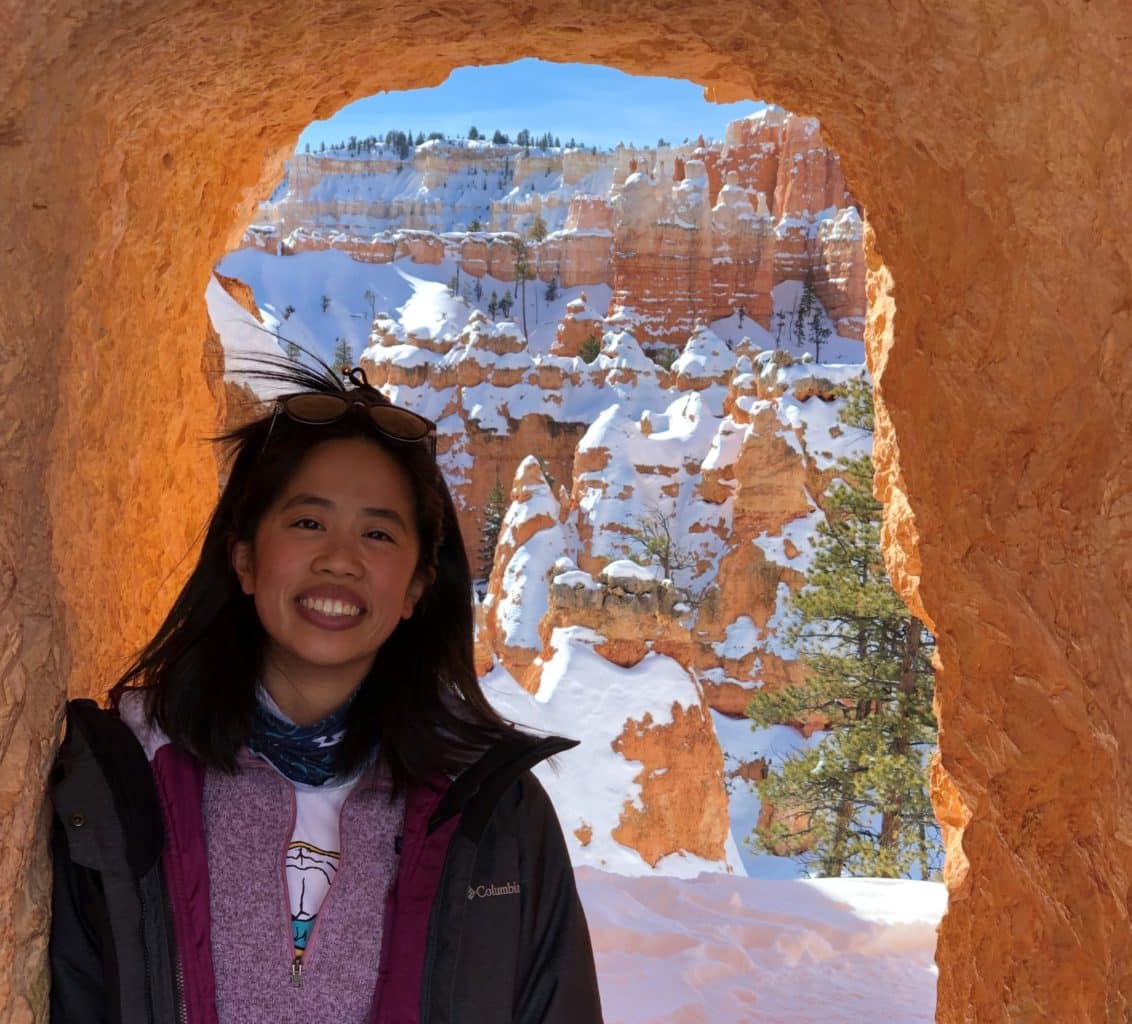
Veronica Yee is a second-year doctorate student of physical therapy student from Arcadia, California. She earned her Bachelor of Arts in Cognitive Science at University of California, Irvine and is working toward her Doctorate of Physical Therapy from Mount Saint Mary’s University in Los Angeles, California. She was introduced to climbing through her passion for the ultimate frisbee game. To contact Veronica with any questions or comments, please email her at veroyee@msmu.edu
- Disclaimer – The content here is designed for information & education purposes only and the content is not intended for medical advice.


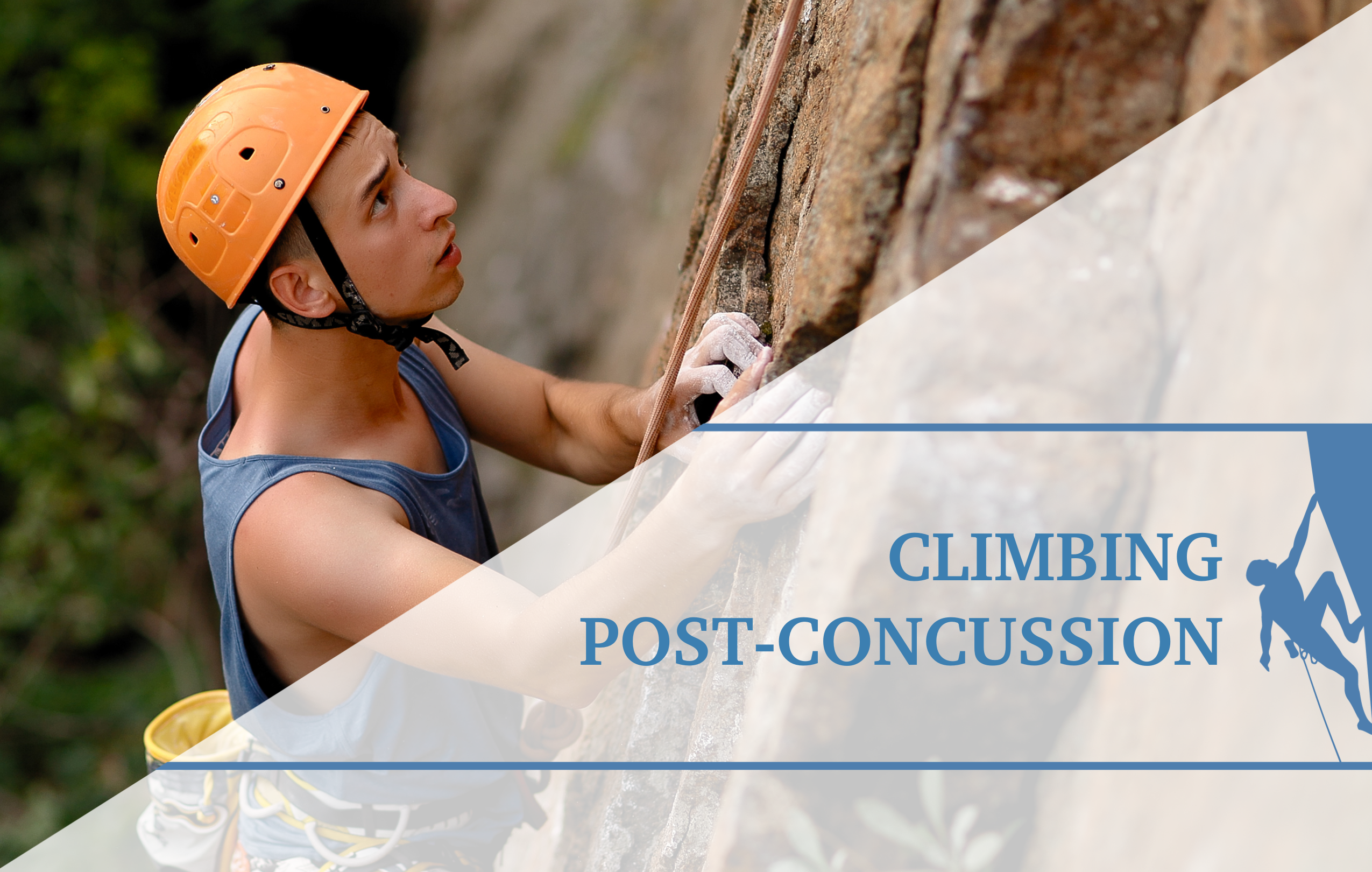
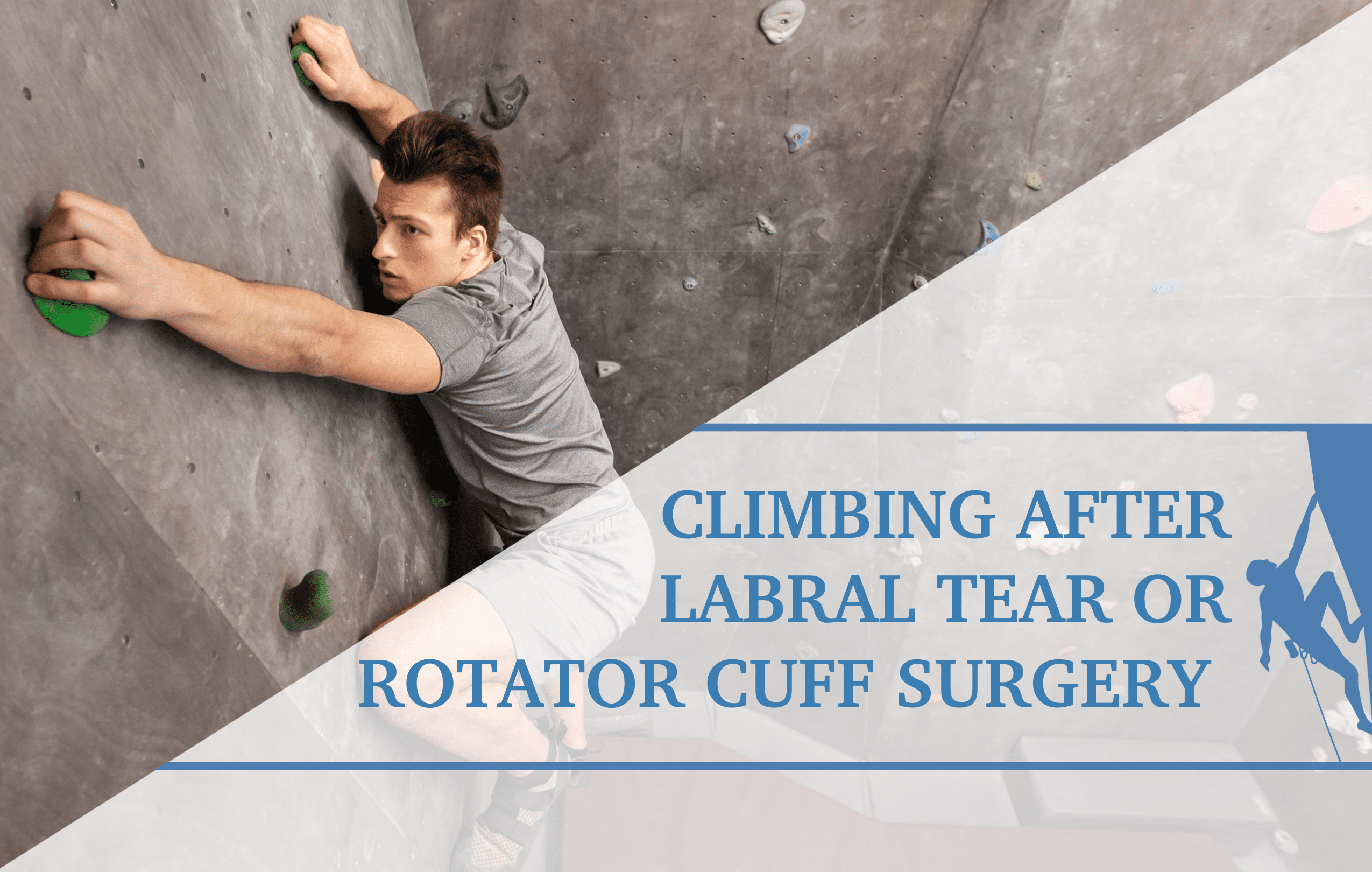
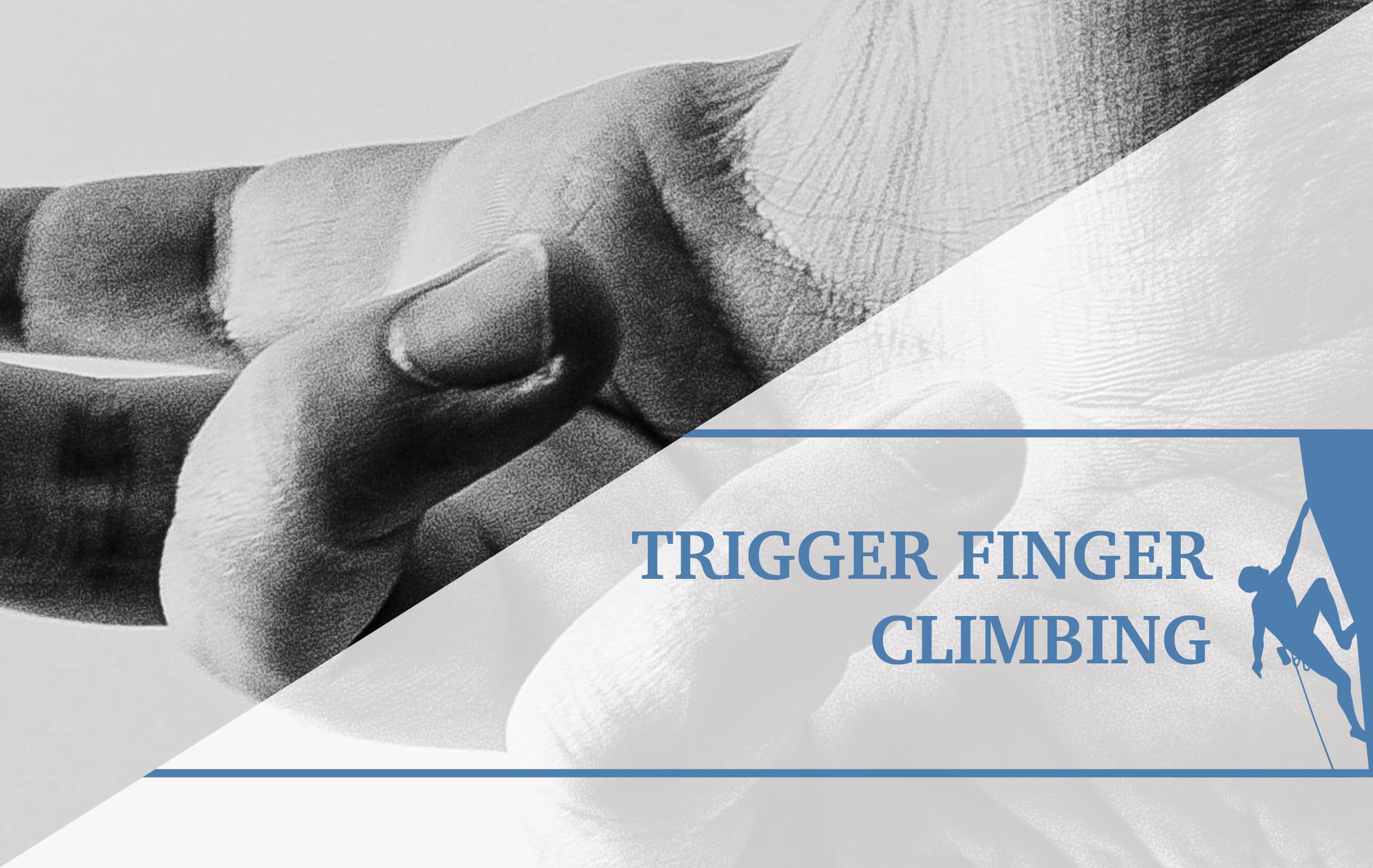
Fascinating! Your information has been so helpful! I haven’t climb for a year now because I started getting horrible upper back and scapula pain to the point that now I’m still dealing with TMJ triggered by it. Your article was the only thing that hit home for me. I wish I had find this sooner. Thank you so much for sharing!